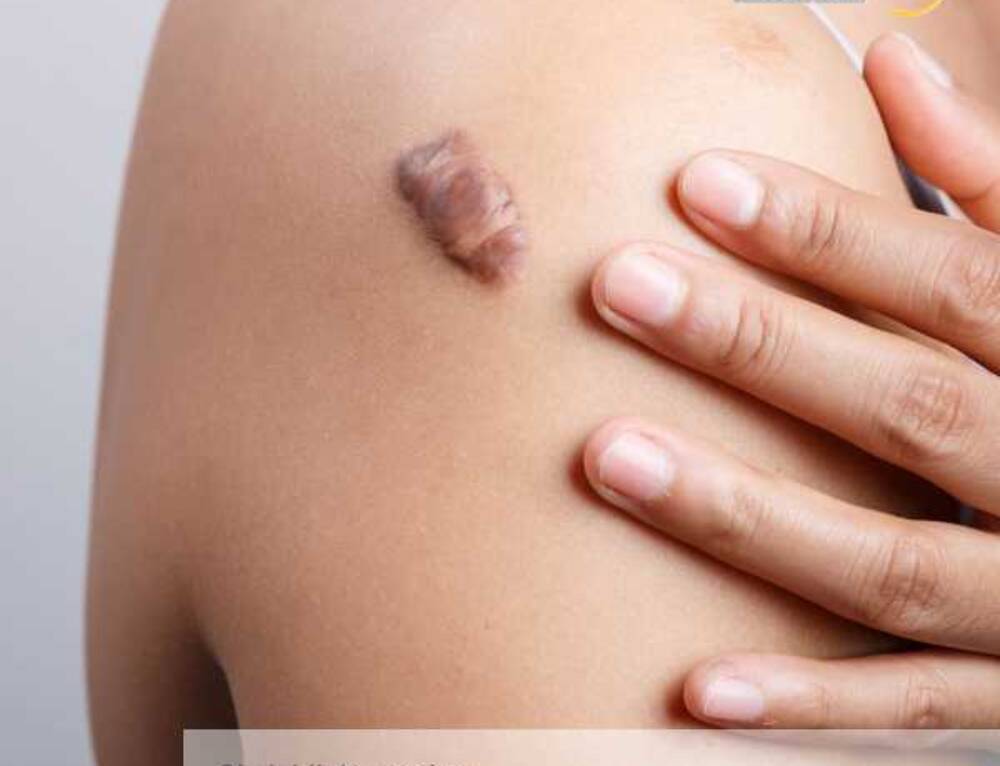La cesárea es una incisión quirúrgica en el abdomen y el útero de la mujer a través del cual se extrae al bebé o bebés, y como tal incisión en la piel deja una cicatriz en nuestro cuerpo. La cicatriz hipertrofiada o hipertrófica de la cesárea se produce cuando ha tenido lugar una cicatrización excesiva. El aspecto que presenta es de una línea de piel en relieve que acumula más tejido que una cicatrización normal.
En una cicatrización normal, el tejido sólo tapa la herida, sin excesos, y en la cesárea quedará una línea fina y con escaso relieve; pero cuando el tejido fibroso se produce en exceso, se comienza a levantar la piel para crear una cicatriz más dura y con más relieve de lo habitual, aunque no es más dolorosa. El crecimiento exagerado del tejido cicatricial que se presenta en el sitio de la lesión se produce por una formación excesiva de colágeno.
Hay que distinguir la cicatriz hipertrofiada de la cicatriz queloide, que es un modo de hipertrofia, cuando es más gruesa y deforme: el queloide es un tumor (benigno), grande, rojizo, que duele cuando se forma y, posteriormente, toma el color de la piel.
El queloide puede sobrepasar los límites del lugar de la lesión, invadiendo otras áreas contiguas, y es frecuente que necesite tratamiento, mientras que la cicatriz hipertrófica no invade más allá del sitio de la incisión. Es normal que entre un 5-10% de las cesáreas (y de las heridas en general) cicatricen de manera excesiva, hipertrófica o queloide.
Las causas de la excesiva cicatrización son desconocidas, aunque se apuntan a diversos factores que pueden estar relacionados como la edad, la raza, el lugar de la herida, factores genéticos, infección… Recientemente se apunta a las glándulas sebáceas como elementos iniciadores. Pero aún queda mucho por investigar, y en la mayoría de los casos hablamos de conjeturas.
La mayoría de los cicatrices hipertróficas se aplanan y se hacen menos visibles con los años y pueden irritarse debido al roce de la ropa u otras formas de fricción. Por ello es recomendable seguir cuidando la zona durante un tiempo, hidratándola. Es normal que, durante el proceso de formación de la cicatriz, se experiemente una sensación de prurito o picor en la zona.
Es normal que, durante el proceso de formación de la cicatriz, se experiemente una sensación de prurito o picor en la zona.
Aunque por la situación de la cesárea no es habitual que queden al sol, las cicatrices hipertróficas deberán de ser protegidas de la exposición solar (tapándolas o mediante una crema protectora) durante el primer año de formación, ya que se podría volver de color oscuro permanente.
Las cicatrices hipertróficas no requieren tratamiento, ya que no representan peligro para la salud, pero se pueden reducir de tamaño a través de distintas técnicas si queremos una mejora estética.
La aplicación de frío (crioterapia), presión externa, inyecciones de corticoesteroides, tratamientos con láser, radiación, o extirpación quirúrgica son algunos de los métodos para reducir la cicatriz hipertrófica. Aunque hay que tener en cuenta que la hipertrofia podría reaparecer y que existe la posibilidad de padecer reacciones adversas a los distintos tratamientos.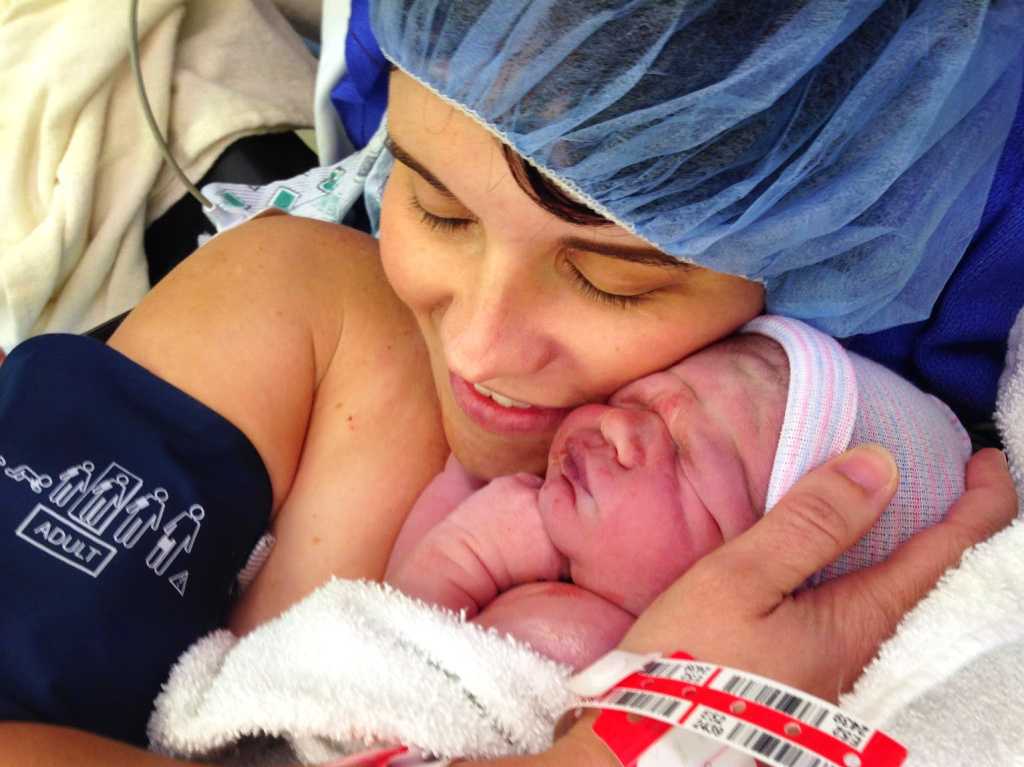
Hay productos en el mercado que actúan inhibiendo la formación excesiva de colágeno, lo que da como resultado una reducción en el tamaño de la cicatriz. Será el especialista quien nos recomiende el tratamiento más adecuado, si fuera necesario, para nuestra cicatriz de la cesárea.
Si fuera necesario, o si lo deseamos, porque, ya hablando en primera persona, yo estoy muy orgullosa de la cicatriz de mi cesárea, que es levemente hipertrófica, y aunque aún, después de 18 meses de haber nacido mi hija, la zona está algo sensible, lo llevo con normalidad. Mi médico señala que no tiene que preocuparme fisiológicamente en ningún sentido, ni con el segundo embarazo que ya llevo avanzado. La cicatrización está bien y no hay riesgos.
Más información | Entorno médico, Buena salud, Revista chilena de cirugía
En Bebés y más | Recupérate de la cesárea, Cómo favorecer la cicatrización tras un parto por cesárea, Aceite de rosa mosqueta para prevenir las estrías del embarazo y curar cicatrices del postparto
TikTok
Upload
Responder a @syviana89
280 Likes, 13 Comments. TikTok video from Gau Karue (@gaukarue): “Responder a @syviana89”. Cicatriz hipertrofica
TikTok video from Gau Karue (@gaukarue): “Responder a @syviana89”. Cicatriz hipertrofica
Tem jeito sim . som original.
22.1K views|
Una pregunta muy comun que nos suelen hacer 🫶🏻❤️ nuestros productos los encuentras en 👉🏻 www.queloide.cl/shop con envios a todo 🇨🇱 #cicatrizhipertrofica #queloides #cicatrices #parchedesilicona #postparto #pisopelvicochile #embarazochile #cesarea #cicatrizdecesarea
566 Likes, 13 Comments. TikTok video from queloide.cl (@queloide.cl): “Una pregunta muy comun que nos suelen hacer 🫶🏻❤️ nuestros productos los encuentras en 👉🏻 www.queloide.cl/shop con envios a todo 🇨🇱 #cicatrizhipertrofica #queloides #cicatrices #parchedesilicona #postparto #pisopelvicochile #embarazochile #cesarea #cicatrizdecesarea”.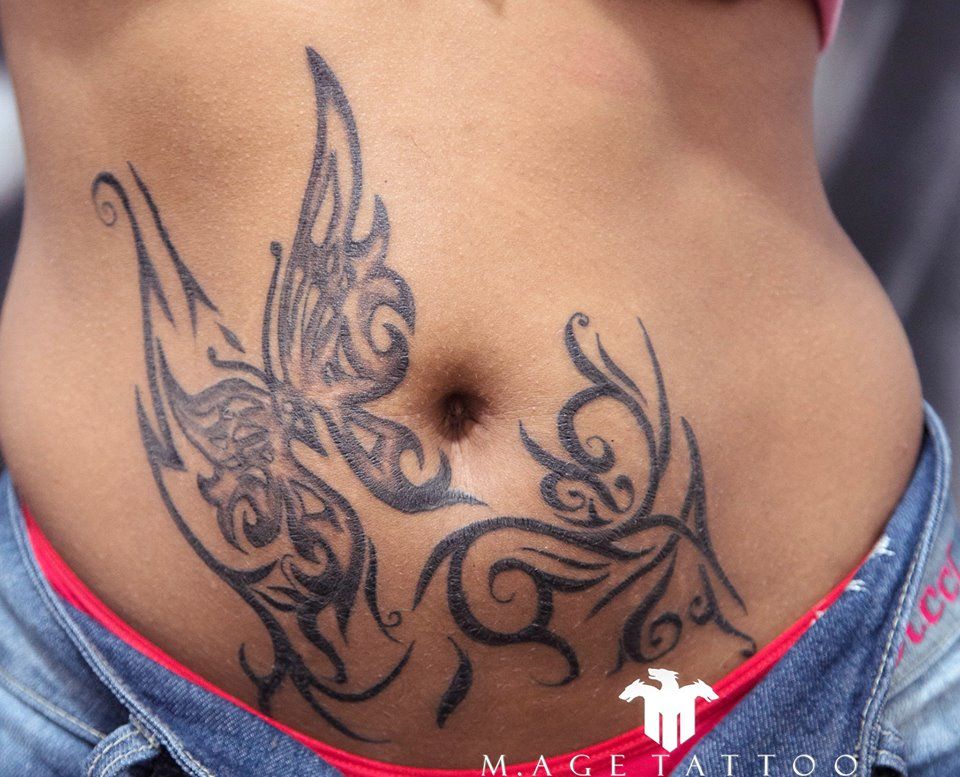 Clienta 💓
Clienta 💓
Les compré un parche de silicona para cuidar
mi cicatriz de cesárea, pero tengo una duda 😬
¿Me debo depilar ahí para usarlo? | El encargado de tienda nos ayudó a grabar esta demostración, ya que por razones obvias no podemos mostrar esa zona 😳❤️
Esto fue lo que pasó… | Nuestros parches de silicona son muy suavecitos con la piel y no desprendieron sus vellitos. Sin embargo, su adherencia disminuyó y fue un poco lento adherir bien el producto, ya que los vellitos generaron “irregularidades” entre el parche y la piel 😔💔 | …. Blue Blood.
14.4K views|
Responder a @bsamanthabg Tratamientos para #cicatriz de #cesarea mediante #mepbeauty #radiofrecuencia #ozono #taping #hipertrofica #queloide
TikTok video from Anihu fisio (@anihufisio): “Responder a @bsamanthabg Tratamientos para #cicatriz de #cesarea mediante #mepbeauty #radiofrecuencia #ozono #taping #hipertrofica #queloide”. Tratamiento para cicatrices | Depende del tipo de cicatriz | Anihugarcia.tf. sonido original.
Tratamiento para cicatrices | Depende del tipo de cicatriz | Anihugarcia.tf. sonido original.
5798 views|
El favorito de la tienda 🤩 lo encuentras en 👉🏻 www.queloide.cl/shop, enviamos a todo 🇨🇱 #cicatrizhipertrofica #queloides #parchedesilicona #embarazochile #postparto #cicatrizdecesarea #lentejassssss #fypシ #piur #pisopelvicochile #cicatrices #geldesilicona
110 Likes, 6 Comments. TikTok video from queloide.cl (@queloide.cl): “El favorito de la tienda 🤩 lo encuentras en 👉🏻 www.queloide.cl/shop, enviamos a todo 🇨🇱 #cicatrizhipertrofica #queloides #parchedesilicona #embarazochile #postparto #cicatrizdecesarea #lentejassssss #fypシ #piur #pisopelvicochile #cicatrices #geldesilicona”.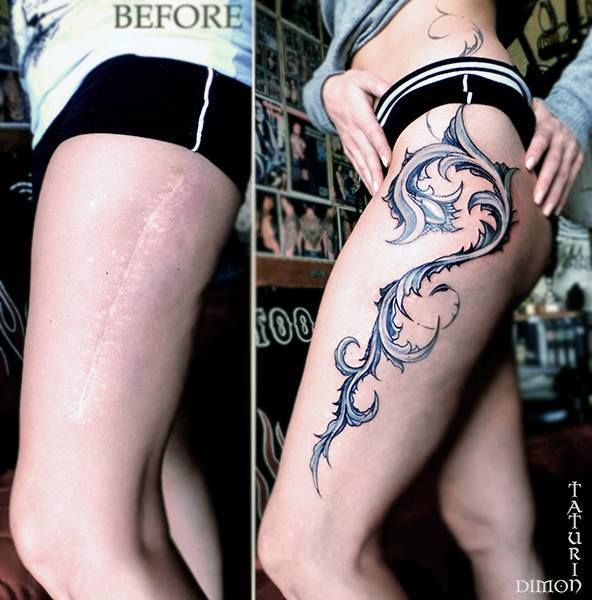 sonido original.
sonido original.
5870 views|
Toda los parches de silicona PIUR en promocion ✍🏻 compra en www.queloide.cl/shop ❤️ en Instagram subimos mucha mas información 🙊 #cicatrizhipertrofica #queloides #parchedesilicona #postparto #lentejassssss #cicatrizdecesarea #kinesiologiadermatofuncional #cicatriz #cicatriz #queloide #dermatologia
111 Likes, 8 Comments. TikTok video from queloide.cl (@queloide.cl): “Toda los parches de silicona PIUR en promocion ✍🏻 compra en www.queloide.cl/shop ❤️ en Instagram subimos mucha mas información 🙊 #cicatrizhipertrofica #queloides #parchedesilicona #postparto #lentejassssss #cicatrizdecesarea #kinesiologiadermatofuncional #cicatriz #cicatriz #queloide #dermatologia”.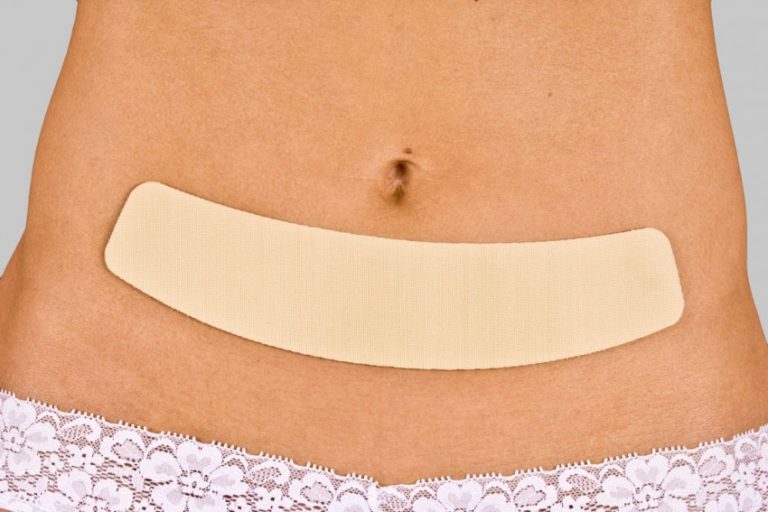 Respondiendo preguntas sobre parches de silicona
Respondiendo preguntas sobre parches de silicona
versión post operatorio ✍🏻❤️ | ¿Cuál es su principal función?
Evitar la formación de cicatrices
queloides e hipertróficas 🙊 | ¿Cuándo las puedo comenzar a utilizar?
😱❤️
Luego de retirar los puntos, cuando la cicatriz cierre por completo. No debe tener costritas ni heridas abiertas. | …. Send Me on My Way.
6025 views|
Mini tutorial de mi parche favorito ❤️ Lo encuentras disponible en www.queloide.cl/shop, su tamaño es de 30cm x 5cm 😊 si lo sientes necesario, puedes usar cinta micropore 3M para adherirlo mucho mejor 😉 #cicatrizhipertrofica #queloides #parchedesilicona #postparto #cicatrizdecesarea #lentejassssss #fypシ #queloide #cicatrices
153 Likes, 6 Comments. TikTok video from queloide.cl (@queloide.cl): “Mini tutorial de mi parche favorito ❤️ Lo encuentras disponible en www.queloide.cl/shop, su tamaño es de 30cm x 5cm 😊 si lo sientes necesario, puedes usar cinta micropore 3M para adherirlo mucho mejor 😉 #cicatrizhipertrofica #queloides #parchedesilicona #postparto #cicatrizdecesarea #lentejassssss #fypシ #queloide #cicatrices”. Te enseño a usar
TikTok video from queloide.cl (@queloide.cl): “Mini tutorial de mi parche favorito ❤️ Lo encuentras disponible en www.queloide.cl/shop, su tamaño es de 30cm x 5cm 😊 si lo sientes necesario, puedes usar cinta micropore 3M para adherirlo mucho mejor 😉 #cicatrizhipertrofica #queloides #parchedesilicona #postparto #cicatrizdecesarea #lentejassssss #fypシ #queloide #cicatrices”. Te enseño a usar
parches de silicona 🫶🏻
| Estos son marca PIUR, pero
el tutorial sirve para otras marcas 😊 | 1. Debes recortar el parche dejando 1 centímetro
o más adicional entre la cicatriz y el parche ✂️ | …. SUNFLOWER (Beat).
7653 views|
Les dejo algunas opciones para mejorar el aspecto de las cicatrices o que la piel cicatrice mejor #dermatologia #dermatologa #dermatologiamexico #🇲🇽 #queloide #cicatrices #cicatriz #cicatrizhipertrofica #cicatrizcesarea #salud #tipsmedicos #consejomedico #salud #medicamentos #doctora
1K Likes, 65 Comments.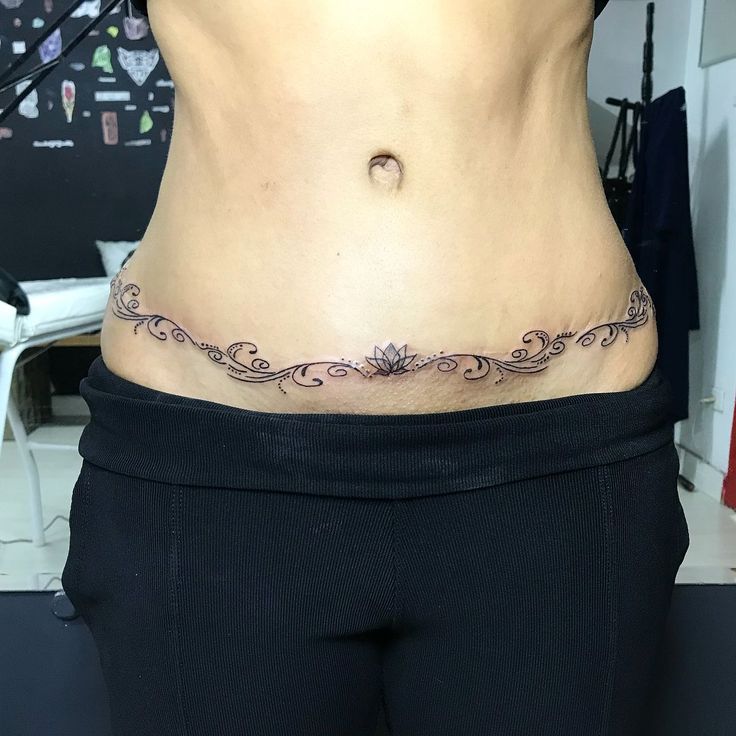 TikTok video from Dra. Myrna Alejandra Cardoza (@dra.ale.derma): “Les dejo algunas opciones para mejorar el aspecto de las cicatrices o que la piel cicatrice mejor #dermatologia #dermatologa #dermatologiamexico #🇲🇽 #queloide #cicatrices #cicatriz #cicatrizhipertrofica #cicatrizcesarea #salud #tipsmedicos #consejomedico #salud #medicamentos #doctora”. CREMA ⬇️ CICATRICES | CICALFATE
TikTok video from Dra. Myrna Alejandra Cardoza (@dra.ale.derma): “Les dejo algunas opciones para mejorar el aspecto de las cicatrices o que la piel cicatrice mejor #dermatologia #dermatologa #dermatologiamexico #🇲🇽 #queloide #cicatrices #cicatriz #cicatrizhipertrofica #cicatrizcesarea #salud #tipsmedicos #consejomedico #salud #medicamentos #doctora”. CREMA ⬇️ CICATRICES | CICALFATE
Irritación | KELOCOTE
Queloides | …. sonido original.
41.9K views|
Responder a @yoselingutierrez280 Tipos de #cicatrices #fisioterapia #dermatoduncional #cesarea #fisioexcelencia
TikTok video from Jess Hdez (@fisioexcelencia): “Responder a @yoselingutierrez280 Tipos de #cicatrices #fisioterapia #dermatoduncional #cesarea #fisioexcelencia”.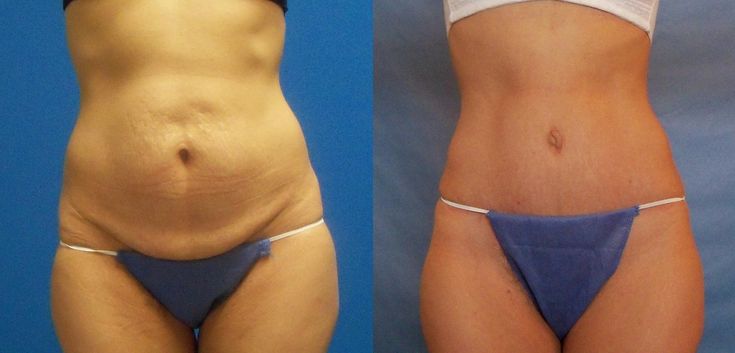 Tipos de Cicatrices:
Tipos de Cicatrices:
Atrofica- hundida
Hipertrofica- abultada
Queloide- Genética
Fisiologica-Normal. sonido original.
9208 views|
⚠️Se a sua cicatriz tem mais de 4 meses, já está toda cicatrizada e apresenta essas questões que descrevi no vídeo, você deve fazer essas manobras.Muitas mamães não são satisfeitas com a forma que ficou sua cicatriz da cesária. Saiba que podemos melhorar com a Fisioterapia Dermatofuncional.✅Marque sua amiga que sofre com sua cicatriz. #fisioterapeutadermatofuncional #po spartocesarea #ce sarea #ag uasclarasdf #Te AmoComOrgulho #fi sioterapeuta #po sparto #po spartocesarea
TikTok video from Alanne Dantas (@alannefisio): “⚠️Se a sua cicatriz tem mais de 4 meses, já está toda cicatrizada e apresenta essas questões que descrevi no vídeo, você deve fazer essas manobras.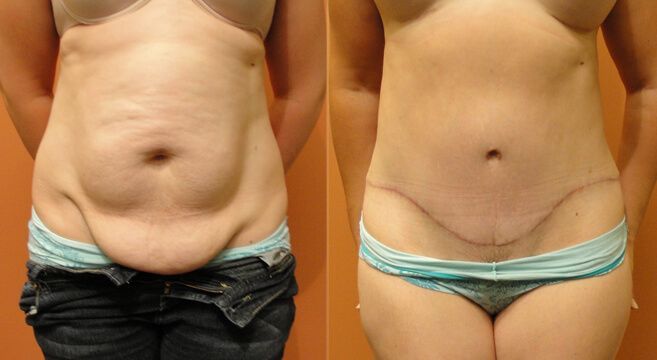 Muitas mamães não são satisfeitas com a forma que ficou sua cicatriz da cesária. Saiba que podemos melhorar com a Fisioterapia Dermatofuncional.✅Marque sua amiga que sofre com sua cicatriz. #fisioterapeutadermatofuncional #pospartocesarea #cesarea #aguasclarasdf #TeAmoComOrgulho #fisioterapeuta #posparto #pospartocesarea”. Don’t Wait (Kingdom Remix).
Muitas mamães não são satisfeitas com a forma que ficou sua cicatriz da cesária. Saiba que podemos melhorar com a Fisioterapia Dermatofuncional.✅Marque sua amiga que sofre com sua cicatriz. #fisioterapeutadermatofuncional #pospartocesarea #cesarea #aguasclarasdf #TeAmoComOrgulho #fisioterapeuta #posparto #pospartocesarea”. Don’t Wait (Kingdom Remix).
2607 views|
Caesarean section is always performed in the interests of the mother and fetus when a woman cannot give birth through the natural birth canal.
Every year there is an increase in the number of operative delivery in obstetric practice. For example, in the 90s, the number of caesarean sections was 10.2%, and by 2005 – 17.9% 1 .
Currently, the number of primiparous women over 35 has increased, as well as the number of in vitro fertilization (IVF). The widespread use of modern methods of fetal diagnostics: ultrasound, cardiac monitoring (registration of fetal cardiac activity and contractile activity of the uterus), X-ray pelvimetry (to determine the degree of narrowness of the bones of the female pelvis) – make it possible to better detect pregnancy anomalies and establish indications for caesarean section.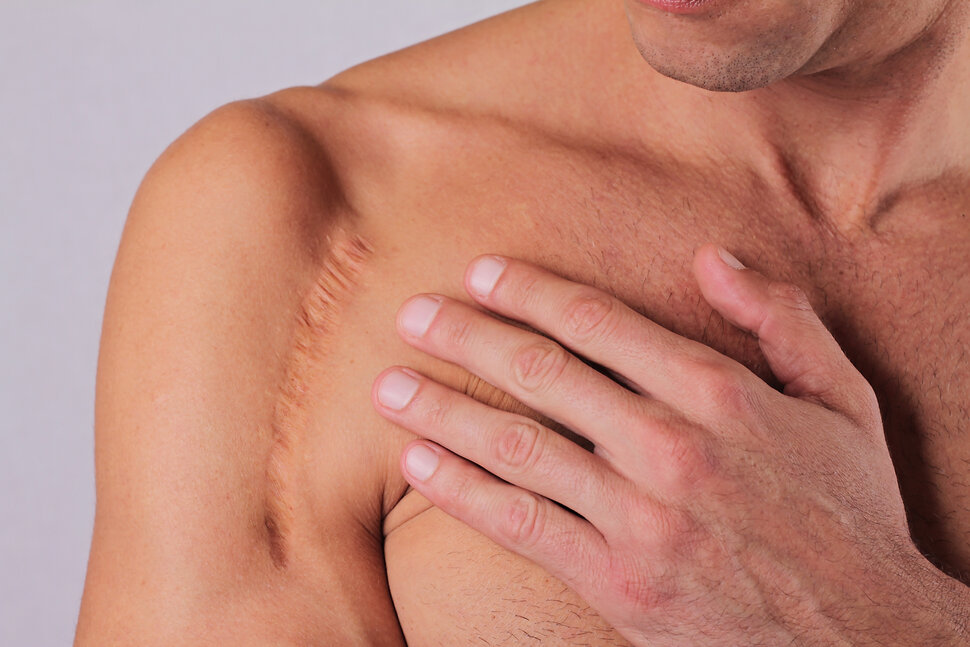
If indications for a caesarean section are determined during pregnancy, then surgery is planned. With a planned caesarean section, the frequency of postoperative complications is 2-3 times less than with an emergency operative caesarean section.
Vaginal disinfection with a solution of chlorhexidine or povidone-iodine is performed before caesarean section for ruptured membranes and in women in childbirth to reduce the risk of postoperative endometritis (inflammation of the inner layer of the uterus) 2 .
Povidone iodine
Characteristics and properties of povidone iodine. What is povidone-iodine used for? Instructions for use of the solution, ointment, suppositories Betadine ® with povidone-iodine.
More
By localization incisions on the uterus for caesarean section are:
Cesarean section is classified as a complex surgical intervention 1 .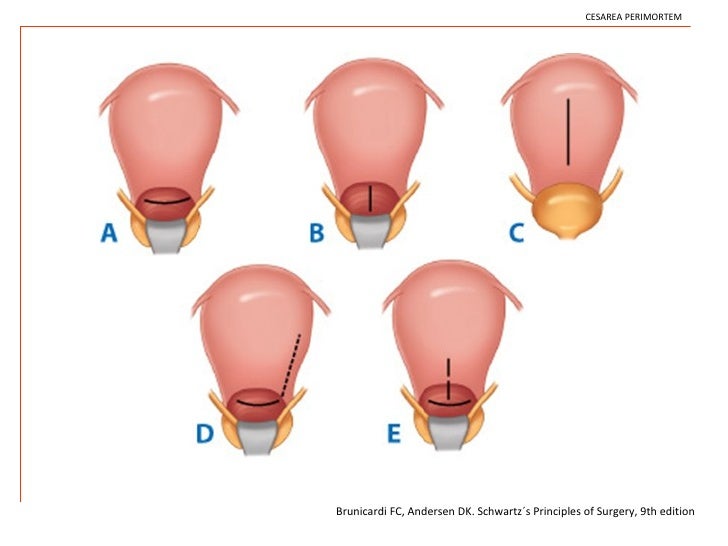 Most often, manipulation is performed in the lower segment of the uterus with a transverse incision due to better healing of the postoperative wound 2 in this area.
Most often, manipulation is performed in the lower segment of the uterus with a transverse incision due to better healing of the postoperative wound 2 in this area.
There are 3 types e steps through the anterior abdominal wall :
After the birth of the child and afterbirth, the uterus, peritoneum, abdominal muscles, and skin are sutured.
Tissue suturing is carried out with absorbable synthetic threads from catgut, vicryl, monocryl and others. Catgut threads dissolve in about 100 days, monocrylic threads in 90-120 days, Vicryl threads will dissolve by 42 days.
Immediately after a caesarean section, cold is applied to the lower abdomen for two hours to reduce bleeding. According to the indications, a woman is prescribed drugs that improve blood flow, painkillers, anticoagulants (prevent the formation of blood clots), oxytocin (improves the contractile function of the uterus), antibiotics. Some time after a caesarean section, unpleasant pain in the lower abdomen will persist. On the 5th day, ultrasound is prescribed to determine the condition of the wound. Staples or sutures from the anterior abdominal wall are removed on the 6-7th day, and on the 8th day the woman is discharged under the supervision of a antenatal clinic doctor at the place of residence.
6 hours after caesarean delivery, the bandage is removed to minimize the risk of wound infection 3 .
Stitches after caesarean section are treated daily 1 .
Processing may include the following steps:
Washing
If washing of the suture area is required, disinfecting solutions can be used: povidone-iodine, potassium permanganate solution, chlorhexidine solution.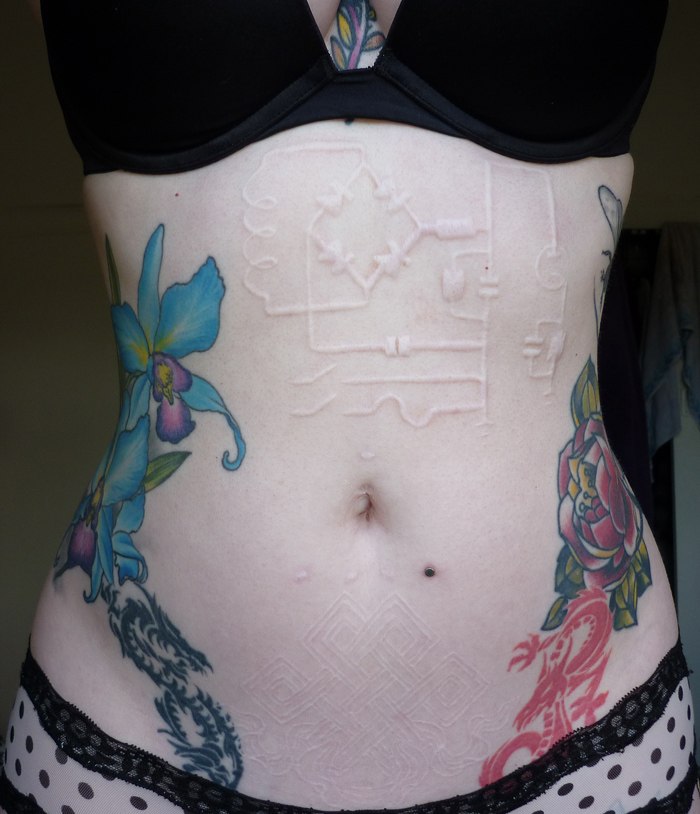
Disinfection
At this stage, disinfectants and drying agents are applied: based on iodine, alcohol-containing solutions of brilliant green, fucorcin and others.
Let’s consider the most popular means for decontamination of postoperative sutures.
Applying a dressing
After each treatment of the suture, it is recommended to apply a sterile dressing, which will protect the injured area from external influences.
Povidone-iodine solution ( Betadine ® ) is a modern broad-spectrum antiseptic. It is used in various areas of modern medicine due to its activity against many microorganisms and a favorable benefit/risk ratio.
Solution Betadine ® is active against bacteria, viruses, fungal pathogens and protozoa 4 . In this disinfectant, the iodine molecule is attached to the carrier – povidone, which made it possible to exclude alcohol from the composition and thereby ensure comfortable use of the drug, without burning sensations, even when applied to fresh wounds and sutures.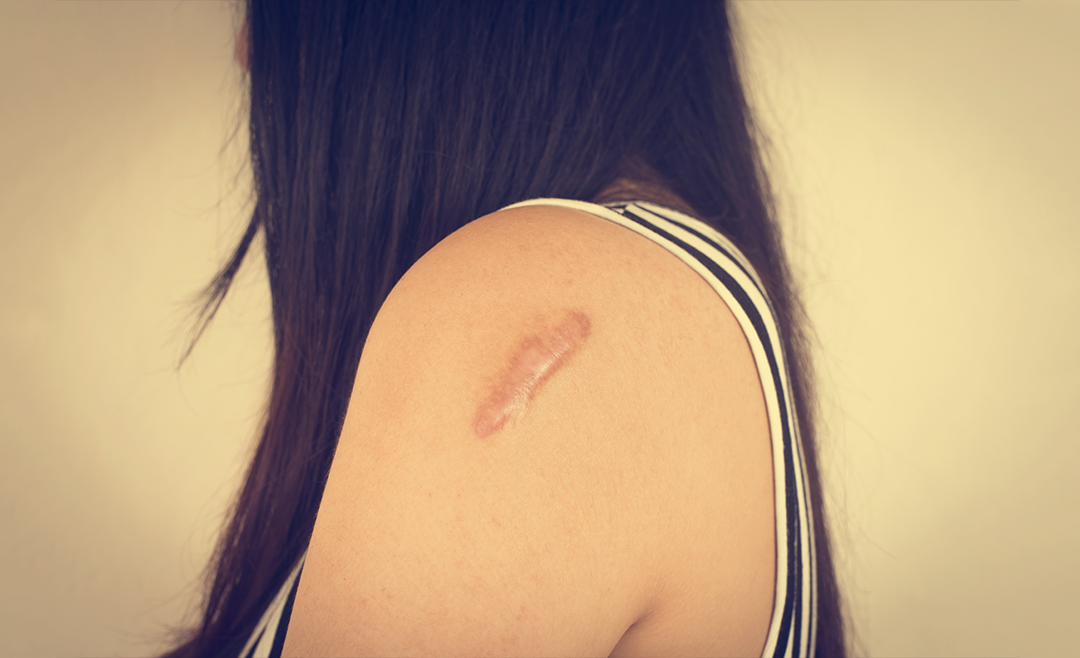 When treating wounds, the components of the solution Betadine ® are practically not absorbed into the body 8 , which ensures a high safety profile.
When treating wounds, the components of the solution Betadine ® are practically not absorbed into the body 8 , which ensures a high safety profile.
Wash with solution Betadine ® diluted 1:10, and used undiluted for joint lubrication. It is important to note separately that the solution Betadine ® allows for comfortable use without burning. Yellow-brown staining is easily washed off the skin with plain water.
Instruction
Buy at the pharmacy
Betadine ® Ointment can be used under dressings in a thin layer without rubbing into the suture twice a day.
In the treatment of infected wounds under wipes impregnated with a solution or Ointment Betadine ® , during the first 5-7 days, the area of edema was noticeably reduced and the amount of purulent discharge decreased, and a decrease in pain was also noted 5 .
Instruction
Buy at the pharmacy
Hydrogen peroxide solution 3% and potassium permanganate solution (potassium permanganate) belong to the group of oxidizers. Upon contact with an unhealed suture, the active substance decomposes with the release of active oxygen, which causes a disinfecting effect. They are especially effective for suppressing anaerobic infections (clostridia, streptococci, shigella, yersinia, fusobacteria and others), for these microorganisms oxygen is detrimental, since an oxygen-free environment is needed for the normal functioning of these organisms. However, treating a wound with hydrogen peroxide does not guarantee against contracting a wound infection 6 , must not be used under occlusive (airtight) dressings 4 .
Use of hydrogen peroxide may cause allergic reactions 7 .
To prepare a solution of potassium permanganate, several crystals of potassium permanganate are placed in a container with warm water, only freshly prepared agent 8 is used. Potassium permanganate is subject to special control and accounting in the Russian Federation, therefore, the sale of this product is limited. Moreover, an undissolved crystal of potassium permanganate can cause skin burns.
Potassium permanganate is subject to special control and accounting in the Russian Federation, therefore, the sale of this product is limited. Moreover, an undissolved crystal of potassium permanganate can cause skin burns.
Chlorhexidine solution 9 belongs to the group of antiseptic and disinfectants, active against viruses, bacteria, fungal infections. Use 2-3 times a day with a mandatory exposure of 1-3 minutes. Simultaneous use with iodine is not recommended. It is used with caution during breastfeeding.
In addition, today there is a decrease in the effectiveness of a number of antiseptic preparations having a chlorine-containing molecule 11 .
After the sutures have dissolved, the wound has healed, scar tissue begins to form. At this stage, to prevent the development of rough scars, it is recommended to use creams and gels based on silicone, hyaluronidase, natural plant components (for example, combined preparations based on onion extract, sodium heparin and allantoin).
On the first day after caesarean section, the temperature may rise to 38°C and the number of leukocytes in the blood may increase 3 .
In the modern medical community, the strategy of “Accelerated recovery after surgery” is actively practiced – the woman in labor is prescribed pain relief, prevention of postoperative blood clots, and early physical activity is recommended.
4-6 hours after the operation, they are allowed to sit up in bed, put their feet on the floor, then walk. This reduces the risk of thrombosis, congestion in the lungs, the formation of adhesions in the abdominal cavity 3 .
However, a woman may experience the following problems with suture healing: Therefore, after the operation, it is not recommended to lift weights.
Formation of a hypertrophic or keloid scar
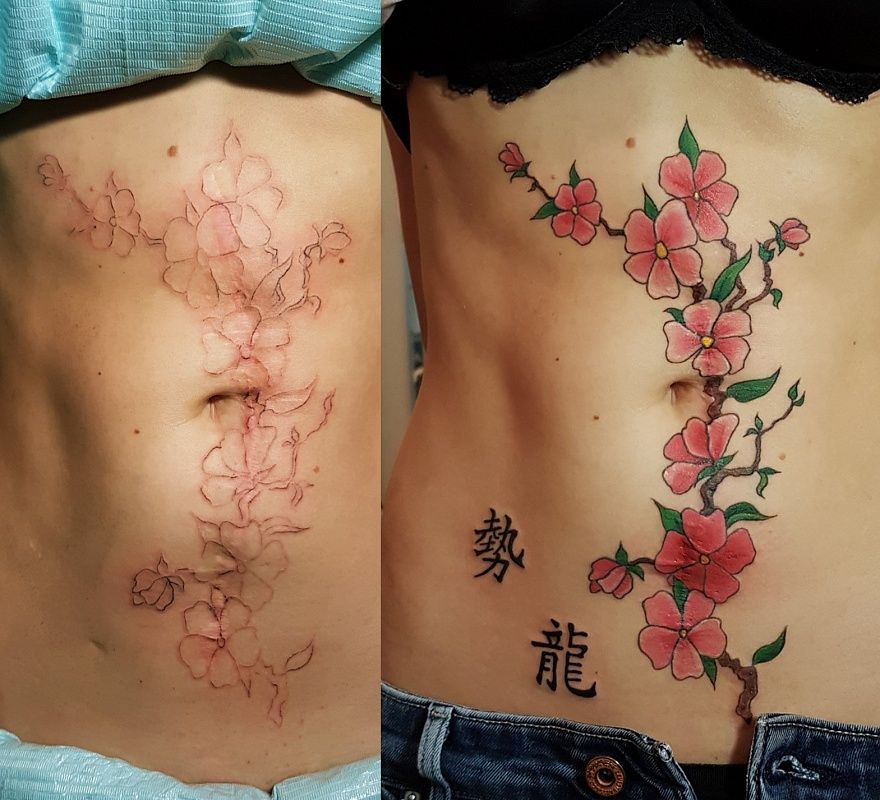
Infection/suppuration of the wound
Signs of infection are: increasing pain in the suture area, swelling, redness of the skin, the suture may become hot to the touch, pus may be released when pressed. Infection of the wound slows down the healing process and the inflammatory process can spread to the abdominal muscles and abdominal cavity, which can be life threatening.
Therefore, it is important to keep the area of the healing suture clean, treat it with antiseptics in a timely manner, do not touch it with unwashed hands, and wear clean underwear.
As the postoperative wound heals, itching may appear in the area of scar formation. This is the norm when healing any wounds, the main thing is not to accidentally injure the suture and not to remove the suture material on your own.
The bandage from the suture after caesarean section is removed after 6 hours, after which it is possible to take a shower daily 3 .
Over time, swelling and soreness should decrease, as well as the amount of sanious discharge in the suture area. There should be no purulent discharge. The skin around the suture becomes normal in color, although the scar itself may remain red for several months.
For the treatment of keloid and hypertrophic scars, doctors prescribe dyes or based on carbon dioxide)
To prevent the formation of scars after the healing of the suture, preparations based on hyaluronidase, plant extracts, and silicone are prescribed.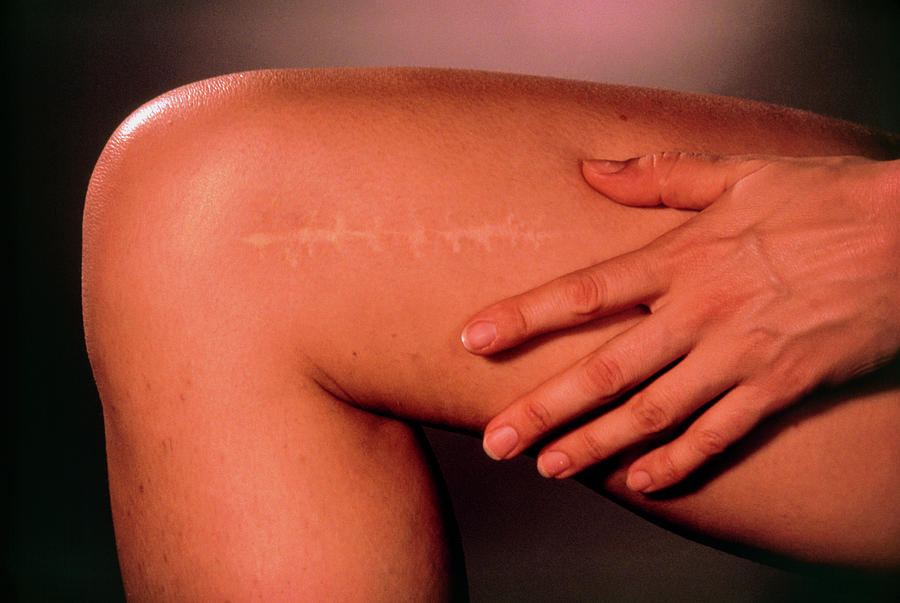
To reduce the load on the abdominal muscles and improve their healing, physical activity is limited to 1.5 months.
Elena Mikhailovna Moshkova
Dermatovenereologist, Head of CDO for the provision of paid services St. Petersburg State Budgetary Institution of Healthcare “City Dermatovenerologic Dispensary”, St. Petersburg
Read on the topic
Ointment based on iodine 9002 : mechanism of action, scope. Ointment Betadine® based on povidone-iodine for the treatment of various skin diseases.
More
Povidone iodine
Characteristics and properties of povidone iodine. What is povidone-iodine used for? Instructions for use of the solution, ointment, suppositories Betadine ® with povidone-iodine.
More
Infected wounds
Not all abrasions and cuts heal quickly and without complications. How to treat infected wounds?
Read more
 Edited by E.K. Ailamazyan, V.I. Kulakova, V.E. Radzinsky, G.M. Savelyeva, 2015.
Edited by E.K. Ailamazyan, V.I. Kulakova, V.E. Radzinsky, G.M. Savelyeva, 2015. 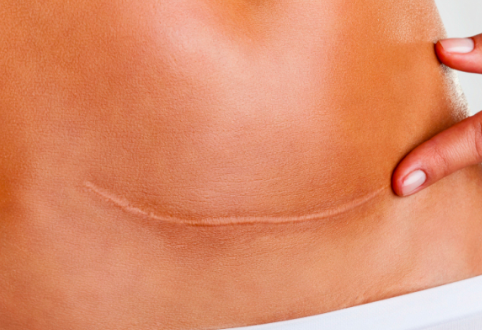 ” Authors: Kvashnina D.V., Kovalishena O.V. Fundamental and clinical medicine. 2018;3(1):63-71.
” Authors: Kvashnina D.V., Kovalishena O.V. Fundamental and clinical medicine. 2018;3(1):63-71. Scar is a natural formation on the skin that appears as a result of its regeneration and healing. But often the scar after caesarean section excites patients, as it causes a number of inconveniences, such as: unattractive appearance, pain, permanent damage to the scar, etc. rarely called. With the exception of those moments when there is a sharp change in body weight, the possibility of repeated births and subsequent stretching of the tissues. In general, if we talk about the correction of scars after cesarean section, then either a mini-abdominoplasty or a full abdominoplasty is performed. Because the main reason why patients with scars after caesarean section are treated is the overhang of the fat flap over the scar.
What will be the scar after caesarean section? A question that worries almost all mothers who have resorted to this type of delivery. It depends on many factors, such as the ability of your skin to repair, the activity of connective tissue fibroblasts, lifestyle, the amount of elastin and collagen in the layers of the skin, genetic predisposition, rehabilitation period, scar care after childbirth and of course the location of the scar itself.
It depends on many factors, such as the ability of your skin to repair, the activity of connective tissue fibroblasts, lifestyle, the amount of elastin and collagen in the layers of the skin, genetic predisposition, rehabilitation period, scar care after childbirth and of course the location of the scar itself.
Horizontal scars . It is performed in 90-95% of cases, and is considered more favorable for healing. The length of the scar can be 10-12 cm, depending on individual needs, the size of the fetus, etc. The scar at this site heals quickly due to placement, minimization of skin stretching and trauma to the scar.
Vertical scars . Performed along the midline of the abdomen for special indications. As a rule, this incision is used in emergency cases. It takes longer to heal, since the location and constant traumatization of the elements of clothing does not allow it to be done faster.
By their nature, the scars that remain after a caesarean section are either hypertrophic or keloid.![]()
Hypertrophic scars
– dense
– brightly painted
– rise above the skin level in the form of a roller
Keloid scars
– the elastic consistency
– uneven, slightly wrinkled surface
– significantly protruding – itching, burning, pain
How to remove a scar?
” Patients need to think about the problem of minimally invasive scar removal in the first 2-3 months after childbirth, since after a year it will be more difficult to achieve good results, and they will have to resort to plastic excision.
Plastic excision.
The operation is performed under local anesthesia or general anesthesia (to avoid pain for the patient). Plastic excision of the scar is recommended when all methods of scar removal have already been tried, and they turned out to be ineffective. Often excision is carried out on old scars (more than six months), as they are considered to be fully formed.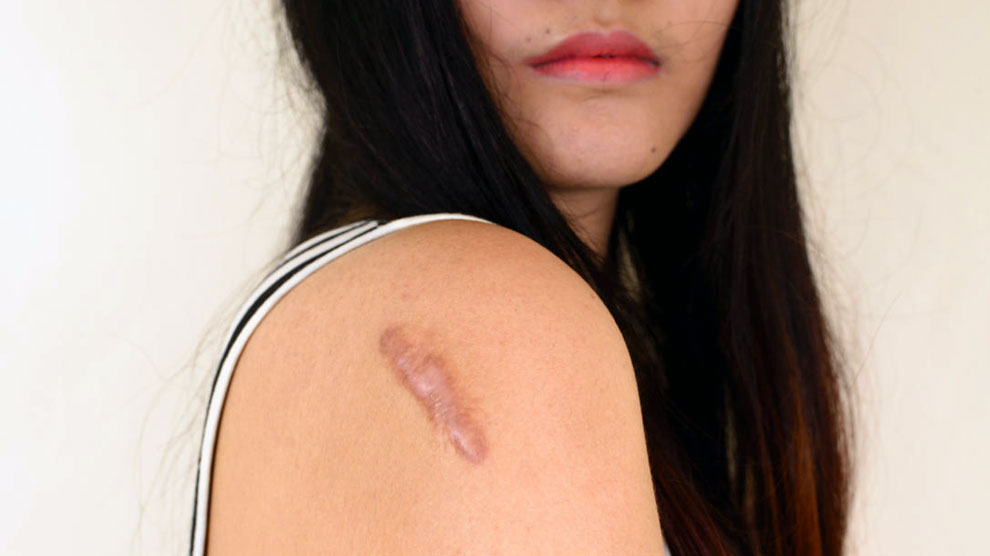
When correcting a scar with a surgical method, the surgeon cuts out a part of the skin with overgrown connective tissue, matches the edges of the wound and sutures the skin again, making a more accurate cosmetic suture. The stitches are removed after 3-5 days. Rehabilitation after surgery is up to a week. To improve the regenerative properties of the skin and better healing, the surgeon may suggest the use of physiotherapy methods and ointments that improve healing.
How is the rehabilitation period?
The only unpleasant sensation that may disturb the patient may be a slight soreness, redness and swelling in the area of the operation. These symptoms go away after a few days. If it is impossible to endure pain, it is recommended to take non-steroidal anti-inflammatory drugs.
In the early rehabilitation period, it is necessary to carefully observe the rules of personal hygiene, since the place of the new scar has not yet fully grown together and formed, it can become the entrance gate for infection.
In the first 2-3 days, it is necessary to treat the scar with a 3% solution of chlorhexidine 1-2 times a day. Brilliant green and other antiseptics should not be used, as they have an aggressive drying property, which is not necessary in this case.
It is better not to tear off the crusts so as not to re-injure the skin.
Optionally, wear compression stockings or a compression bandage to keep tissues in good shape.
In the first days, it is advisable not to sit, so that folds do not form in the wound area. Give preference to lying down or walking.
In our clinic, the injection method of scar correction is also carried out.
Injection method.
Injections allow you to adjust the amount of connective tissue in the scar area and smooth its surface.
Special preparations (usually enzymes or steroids) are introduced into the scar tissue, which destroy the scar from the inside, soften the connective tissue of the formation, make the skin in the problem area more even and elastic.